Long Island in 1790: What America’s First Census Reveals
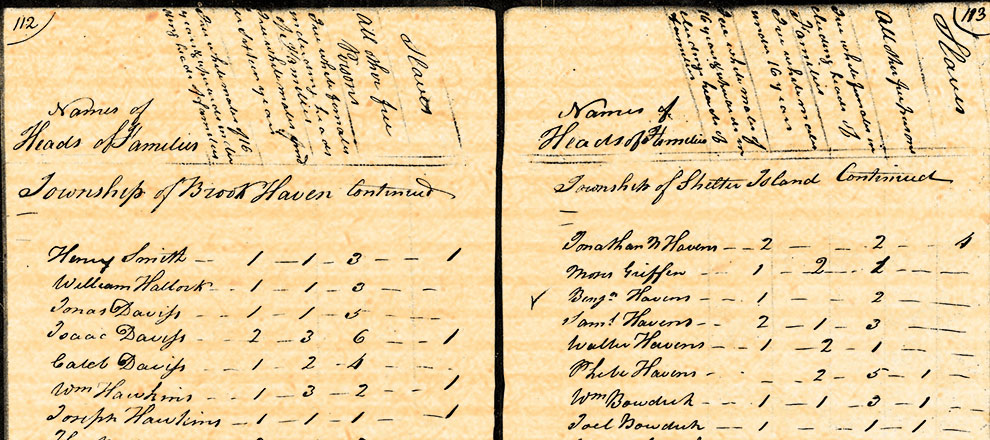
Credit: National Archives
Long Island in 1790 was populated by about 1 percent of the people who live here today; with a relatively equal number of men and women and about 2,000 slaves.
That’s the picture painted by America’s first Census, collected after President George Washington signed the 1790 Census Act so the government could learn “the aggregate amount of each description of persons” to be able to form a representative government, according to the U.S. Census Bureau.
Aug. 2, 1790, was the official “Census Day” and the process was to be led by then-Secretary of State Thomas Jefferson.
In honor of the 227th anniversary of America’s first Census, here’s a look at Long Island’s population in 1790.
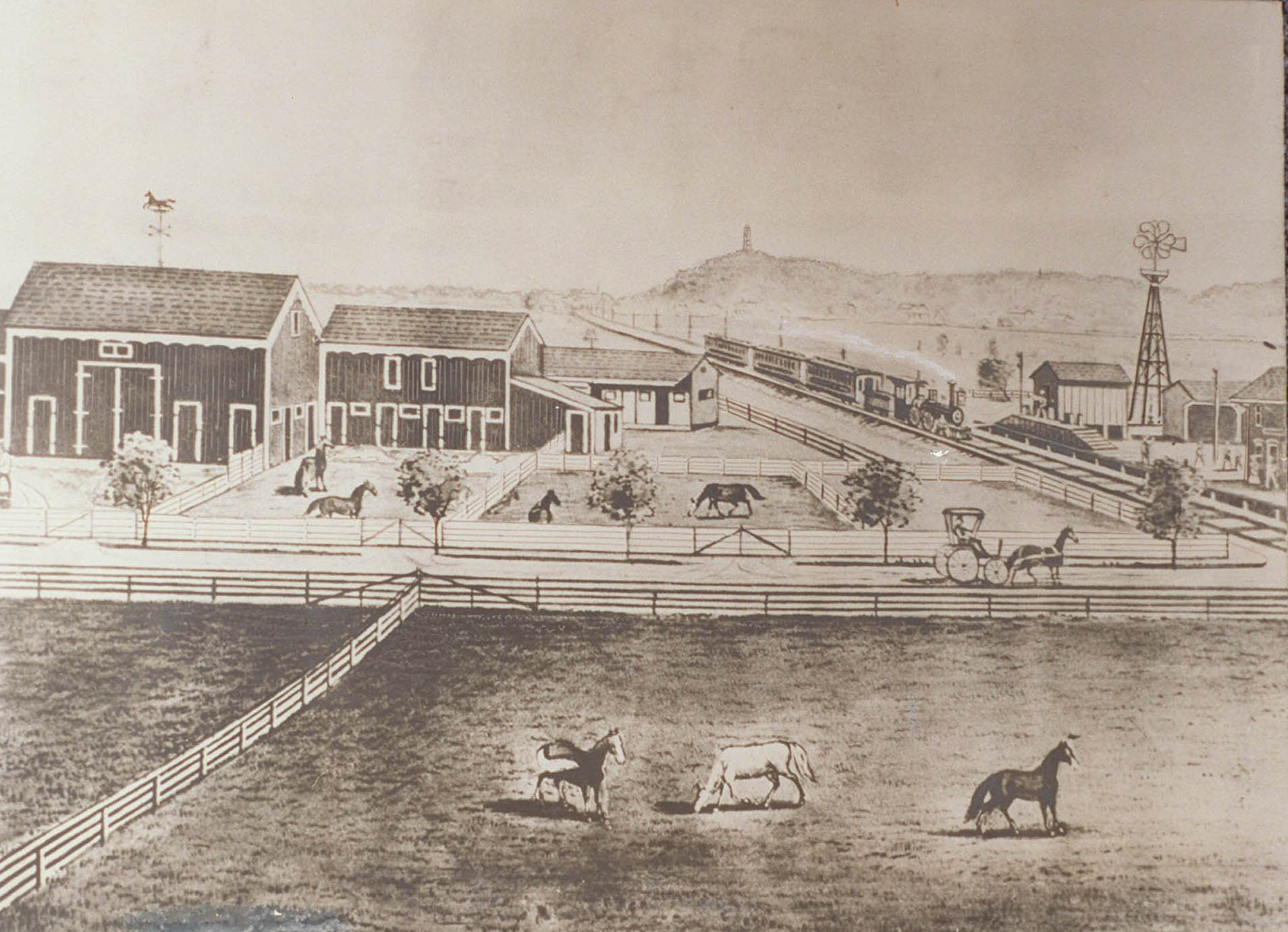
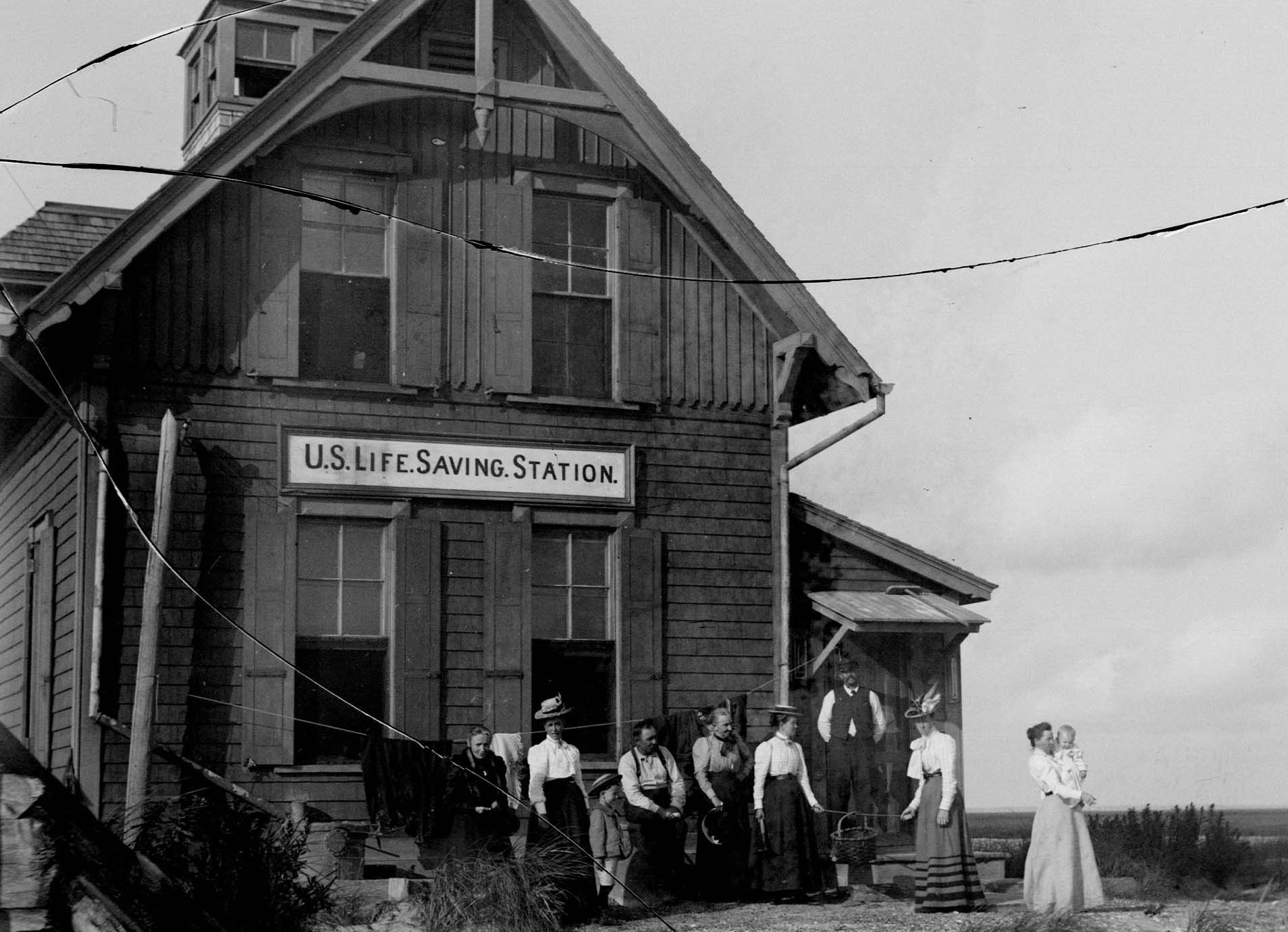

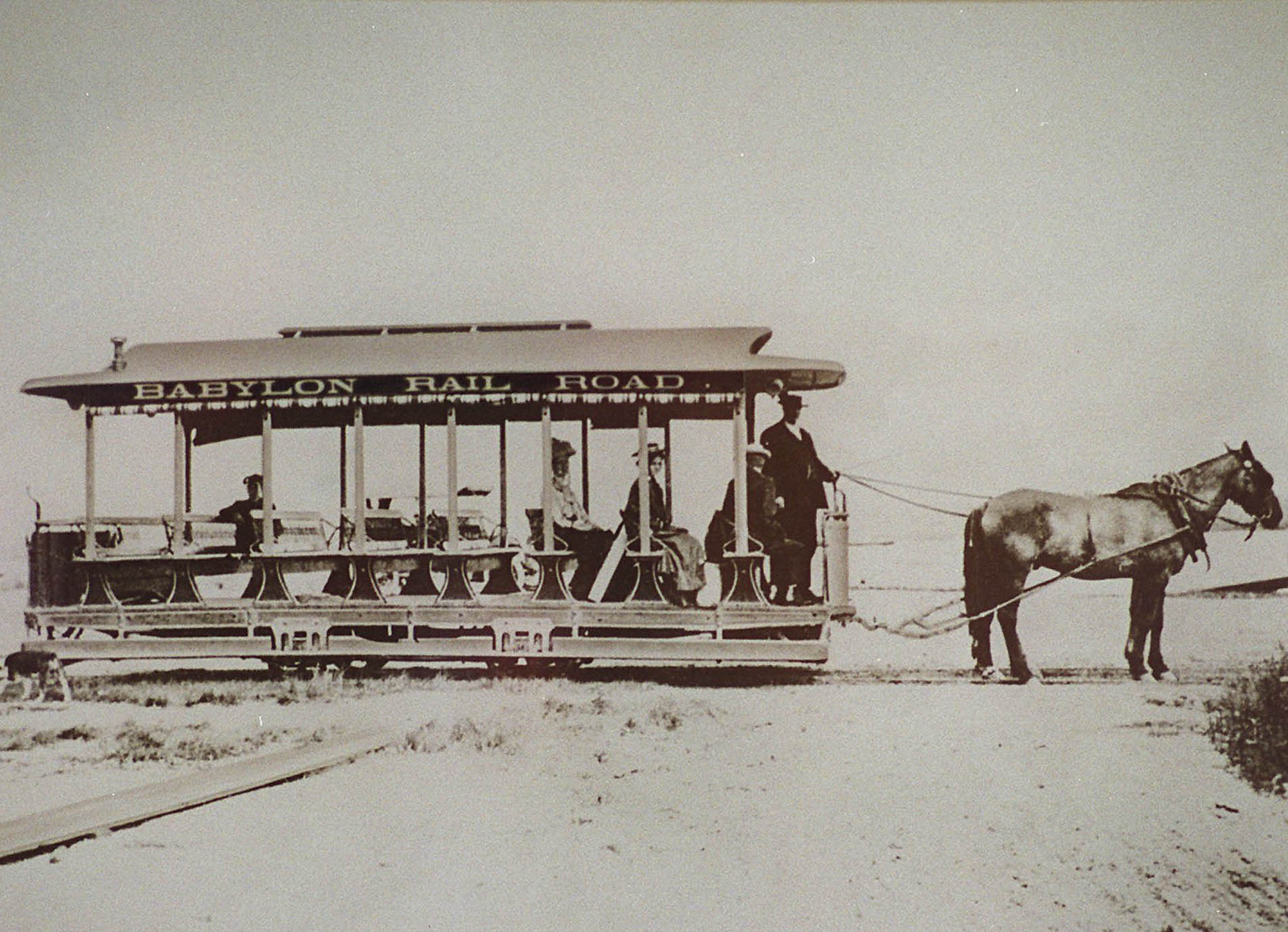
Scenes from Long Island in the 1800s. Photo credits from top left, clockwise: East Williston Village Historian; Nassau County Museum Collection; Nassau County Museum; Unknown.

Boys in a barn in Old Westbury circa 1890.
The geography of 1790
In 1790, Brooklyn and Queens were still considered part of Long Island. Nassau County did not yet officially exist; the towns of North Hempstead, Oyster Bay and South Hempstead were part of Queens County. Suffolk County was made up of eight towns; what was the Town of Huntington then also included the current Town of Babylon, and what was the Town of Southold then included what is now the Town of Riverhead.
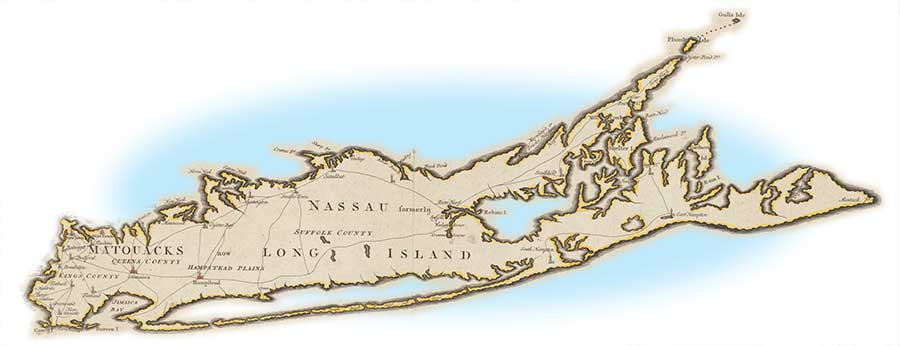
Long Island map from approximately 1780. Credit: New York Public Library Digital Collections
The numbers highlighted here, unless otherwise noted, represent statistics from Suffolk County and the three towns that would become Nassau County — so these are the 1790 totals for the area making up modern day Long Island.
The findings
The Census sought information on just five categories:
- Free white males over 16 (for possible industrial and military potential)
- Free white males under 16
- Free white females (including heads of households)
- All other free persons (including free blacks and Indians)
- Slaves.
In 1790, Long Island’s total population was 27,061. By comparison, the 2010 census estimate placed LI’s population at about 3 million — just under the population of the entire United States in 1790.
Broken down by county, the three areas that currently make up Nassau County had 10,621 people, and Suffolk County had 16,440.
Nassau’s most populated area was Oyster Bay, with 4,097 people, and its least-populated area was North Hempstead, with 2,696. Suffolk’s most populated area was Southampton, with 3,408 people, and its least-populated area was Shelter Island, with just 201 people.
Here are the islandwide totals for the six categories in the Census:
27,061
Total population
6,168
Free white males older than 16
5,260
Free white males younger than 16
11,627
Free white females
1,694
All other free persons
2,312
Slaves
Each white family in Suffolk County had an average of 5.1 members; in Queens County (including modern-day Nassau), there were 5.7 members.
Roughly 17.1 percent of Suffolk households reported holding slaves; in Queens County that number was 34.6 percent, and in Kings County (Brooklyn), the number was 61.1 percent.
Slaves on LI
The Census found that New York was the largest slave-holding state in the north, with 21,324. In comparison, the largest slave-holding state in the south was Virginia, with 292,627, more than 13 times as many.
There were 2,312 slaves on Long Island, roughly 8.5 percent of the total population.
According to the Census, the largest slaveholder in Suffolk County was William Floyd of Mastic, who had 14, and the largest slaveholder in what would become Nassau County was Samuel Martin of South Hempstead, who had 17. 
The William Floyd Estate in Mastic Beach. Credit: Newsday/ Michael E. Ach
Ethnicity
Though the Census solicited no information about ethnic background, the Inter-University Consortium for Political and Social Research analyzed the surnames of the white population in 1790 to create a likely ethnic breakdown of national backgrounds. (Their analysis is for Suffolk County and all of Queens County — all of modern-day Nassau County and all of modern-day Queens).
They found that nearly three quarters of the population — 73.2 percent — was likely either English or Welsh. The next biggest group was slaves, at 10.5 percent, and 7.4 percent of people were Dutch.
Heads of household
Scroll through and zoom in on the full Census document below to see which last names populated Long Island in 1790.
Check out the latest LI population trends here.BY SETH MATES AND ERIN GEISMAR
